How Fast Do Cats Grow & When Do They Stop Growing?
19.02.2022.
Cats come in different sizes, from thin to chunky, small to large, and everything in between. However, just like kids, cats have different needs at different stages of their development. Therefore, it is crucial to know how long cats grow and understand their various stages of growth and what that means in terms of their nutritional and other needs. Here’s what you should know.
How fast will my kitten grow?
Unfortunately, it is impossible to answer this in general because it depends on the breed of the kitten. After all, if you have a Maine Coon kitten, it will grow at a different rate than a Bengal kitten. However, you should easily come up with a growth chart for your specific breed of the kitten. You can then compare your kitten’s measurements with a chart to determine if your kitten is growing at a normal rate or slightly faster or slower than usual. You will need to measure your cat’s weight, length, and height. To measure the length of your kitten, you need to go from nose to tail. To measure the height of your kitten, you need to go from the front paw to the shoulder.
We can look at the growth of the Maine Coon and the Bengal kittens to better understand how the breeds differ. A fully grown Bengal kitten will weigh between 5 - 10 lb, while their measurements will be up to 11 inches in height and between 17 - 22 inches in length. On the other hand, fully adult Maine Coon kittens will weigh up to 20 pounds, while their measurements will be between 16 inches and up to 40 inches in length.
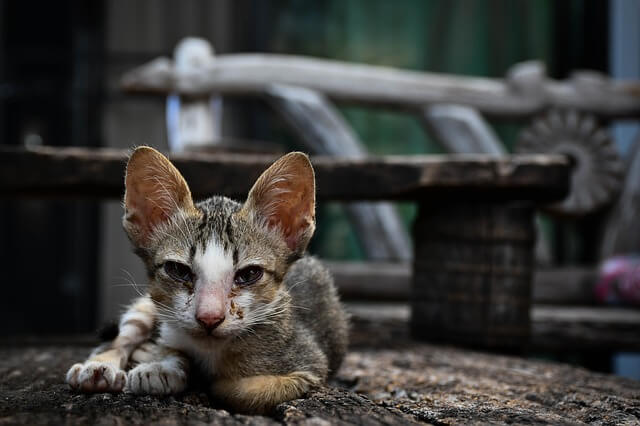
If your cat's nutritional needs are not met, it can result in slow growth, or the cat can even completely stop growing. Too little zinc, iron, potassium, sodium, and magnesium can slow the cat’s development. Too much calcium can result in slower growth and thicker bones. This emphasizes the importance of purchasing high-quality food for your cat.
RELATED: 7 Best Dry Kitten Foods
When do cats stop growing and reach their full size?
Although it depends on the breed, most cat breeders agree that kittens reach their full size between 8 and 16 months. Nevertheless, there is no scientific evidence that we could rely on to support this claim. In fact, this is an issue that can be resolved in many different ways.
If you talk to your vet about your cat’s growth, they will probably relate to the cat’s life stages. Instead of basing your cat’s growth on aspects such as weight, height, and length, they will consider when your kitten is likely to reach the next vital milestone in its life. Some examples include: when your cat eats on its own and is completely weaned, when it has developed a complete set of adult teeth, when it reaches sexual maturity, and when your cat can achieve the full range of hearing and vision.
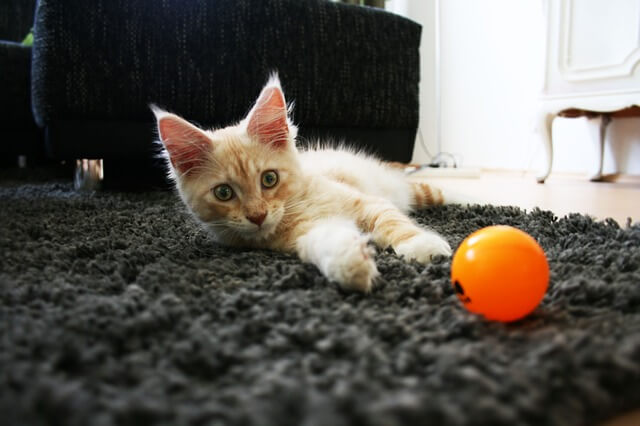
The life cycles referred to by veterinarians are as follows:
- Kitten - 0 to 6 months
- Juniors - 7 to 24 months
- Prime - 3 - 6 years
- Mature - 7 - 10 years
- Senior - 11 - 14 years
- Geriatric - 15+ years
Kitten’s growth curve
You’ve probably seen a bunch of videos of kittens online, which gives the impression that cats stay small forever. In fact, the opposite is true. Newborn cats do not stay small for long because they have a steep growth curve. This is especially true for the first nine months. During this time, the size of your kitten's body and bones will grow exponentially.
After that, your cat will reach sexual maturity, which means further growth, although not as drastic as the first nine months. Your cat may gain or lose weight during this period. Again, your cat's breed will play a significant role when it comes to this.
RELATED: How long do cats live?
Comparison of cat and adult human growth
We often compare animals to humans to better understand their age and growth. When a cat reaches 12 months, it is unlikely it will grow much more. Your cat may continue to "fill" during the second year of life, but its nutritional needs stabilize, and the bones have reached their size and density. In terms of comparison to a human, we can say that this is the equivalent of a 21-year-old.
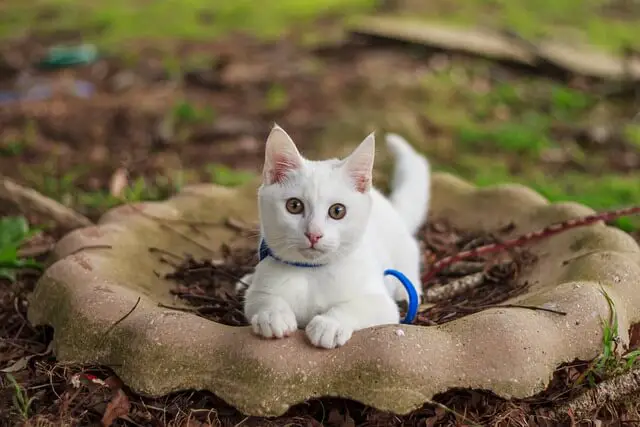
However, after a cat turns one, every year after that equals 4 human years. With that in mind, a 20-year-old cat is like a 100-year-old human. A cat’s health and age may not necessarily be the same as a human's, but they can help you understand them better.
Feeding a developing cat
Growing cats have higher dietary and caloric requirements, but they also have smaller stomachs. Free-feeding is an appropriate approach to encourage regular meals, especially for kittens that are slow-growing or have lower body weight. However, this can lead to obesity. Castrated cats may be more prone to this. This emphasizes why it is crucial to measure consistent amounts of food when feeding your kitten. Most veterinarians will recommend feeding your cat three or four times a day, giving her about ¾ of a cup of food. However, this is not a strict rule, so listen to your veterinarian's advice. After your cat is six months old, this is an excellent time to switch to feeding twice a day.
We hope you now have a better understanding of how long cats grow and the various factors that affect their growth and life cycle. As you can see, the development of your cat will largely depend on its breed, so it is worth further researching your cat’s specific breed. However, most cats will stop growing after about a year if their nutritional needs are met.
World Cat Finder Team

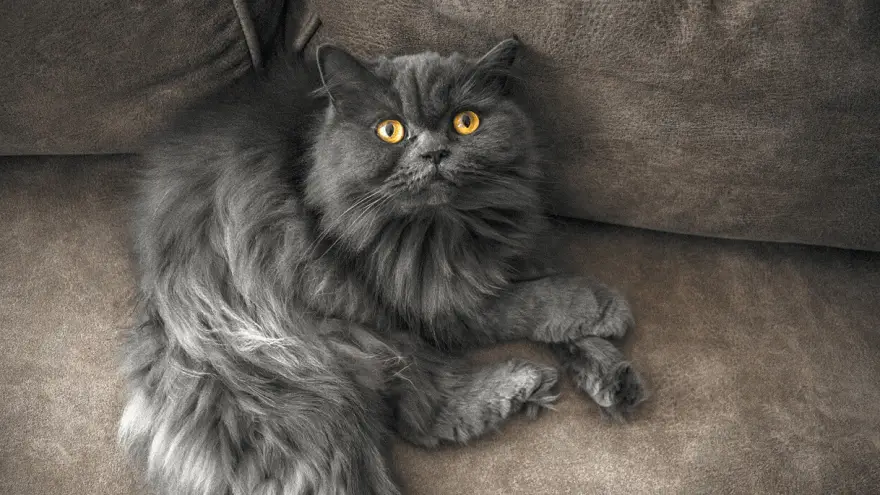
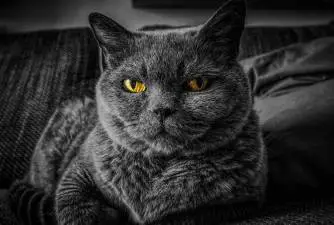
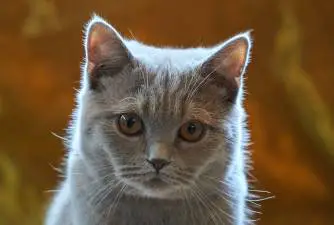

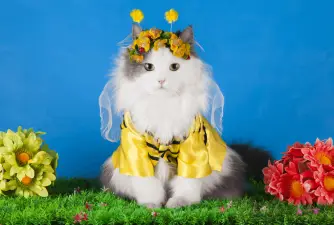

Share